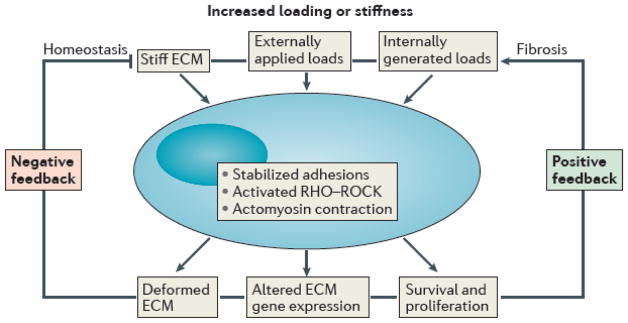Fig. 2. Feedback loops regulate extracellular matrix structure and function.

Flow chart of the effects of increased mechanical loading or matrix stiffness on the cellular responses that lead either to a homeostatic regulation of matrix properties (negative feedback loop) or fibrotic conditions (positive feedback loop). In both cases, stabilized focal adhesions of greater number or size and increased actomyosin contractility, often via the Rho–Rho kinase pathway, play central roles. The precise molecular mechanisms responsible for these feedback loops remain unknown, particularly for the negative feedback that is required, by definition, for homeostasis.
